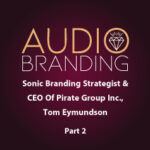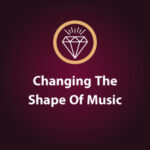This is the second part of my interview with Tom Eymundson. This part dives in deeper to the bigger necessity of having an audio brand. This audio brand is the connective tissue to your customers. Tom really lays out for us how important an audio brand is as we move into this next decade. We […]
dynamic music
Changing the Shape of Music
Music can have a powerful effect on our feelings, our behavior, even how we see the world around us. But what if music itself can react to our feelings? Weav Run, an award-winning workout app that instantaneously adjusts a song’s tempo to match the listener’s own pace, offers just one example of the fascinating potential […]

